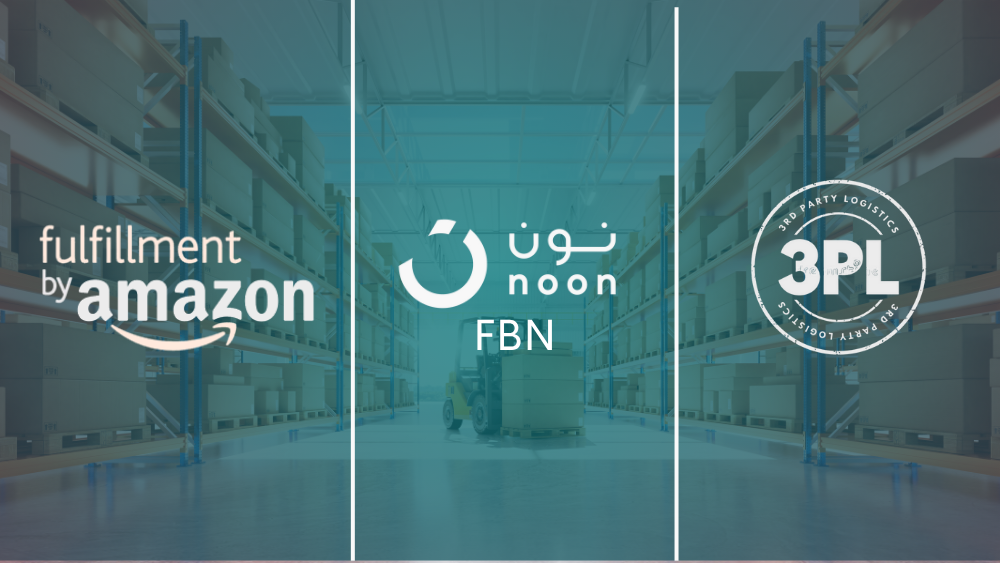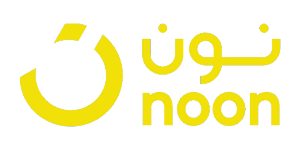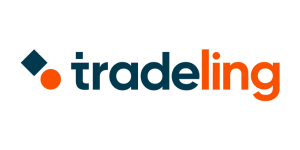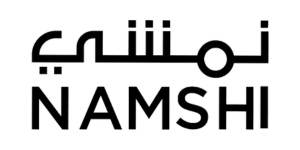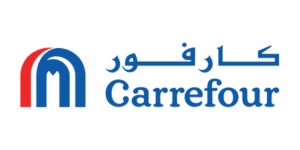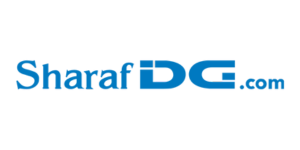FBA vs. FBN vs. 3PL: Choosing the Right Fulfillment Strategy in the UAE for Long-Term E-commerce Growth
In the competitive sphere of UAE e-commerce, choosing the right fulfillment strategy UAE is one of the most critical decisions a seller can make. Your fulfillment model doesn’t just determine how fast your products reach customers—it directly impacts marketplace algorithms, search rankings, cost per order, and ultimately your bottom line. Between Fulfilled by Amazon (FBA), Fulfilled by Noon (FBN), and third-party logistics (3PL), selecting the most effective approach is essential for optimizing scalability and customer satisfaction across platforms like Amazon.ae, Noon, and your own D2C Shopify store.
At Brick2Bytes, we help sellers unpack the logistics landscape and apply a decision-making framework tailored specifically to UAE’s fast-evolving e-commerce environment. This article provides a comprehensive breakdown of the three leading fulfillment options and introduces our proprietary Fulfillment Alignment Framework (FAF) that allows you to map your strategy to maximize growth and profitability.
Fulfillment Comparison: FBA vs. FBN vs. 3PL
| Key Performance Area | Fulfillment by Amazon (FBA) | Fulfillment by Noon (FBN) | Third-Party Logistics (3PL) |
|---|---|---|---|
| Brand Association & Trust: Brand Association & Trust | Pros:
Cons:
| Pros:
Cons:
| Pros:
Cons:
|
| Cost Structure & Fees: Cost Structure & Fees | Pros:
Cons:
| Pros:
Cons:
| Pros:
Cons:
|
| Inventory Management & Control: Inventory Management & Control | Pros:
Cons:
| Pros:
Cons:
| Pros:
Cons:
|
| Shipping & Delivery Speed: Shipping & Delivery Speed | Pros:
Cons:
| Pros:
Cons:
| Pros:
Cons:
|
| Customer Service & Returns: Customer Service & Returns | Pros:
Cons:
| Pros:
Cons:
| Pros:
Cons:
|
| Scalability & Flexibility: Scalability & Flexibility | Pros:
Cons:
| Pros:
Cons:
| Pros:
Cons:
|
| Multi-channel Fulfillment: Multi-channel Fulfillment | Pros:
Cons:
| Pros:
Cons:
| Pros:
Cons:
|
| Technology & Reporting: Technology & Reporting | Pros:
Cons:
| Pros:
Cons:
| Pros:
Cons:
|
Understanding the Unique Dynamics of UAE Fulfillment
The UAE e-commerce ecosystem is maturing rapidly, with logistics playing a central role in seller performance. According to the latest regional data:
- Over 60% of sellers on Amazon.ae use FBA, gaining Prime eligibility and improving Buy Box visibility by up to 30%.
- 70% of top-selling products on Noon are fulfilled through FBN, accelerating shipping and boosting placement in search results.
- 3PL solutions are rising in demand, especially among multichannel sellers, with UAE’s 3PL sector expected to grow at a CAGR of 8.41% through 2028.
This makes your fulfillment strategy UAE not just a backend decision, but a front-line sales lever.
Introducing the Fulfillment Alignment Framework (FAF)
To help brands adapt their logistics intelligently, we apply our strategic Fulfillment Alignment Framework (FAF), comprised of five essential evaluation steps:
1. Platform-Performance Mapping
Start by analyzing your performance across marketplaces. Assess product velocity and margins on Amazon, Noon, and Shopify. Put special attention on how warehousing proximity and delivery speed influence customer conversions and marketplace algorithms.
If you’re unsure where to deploy your resources—or which platforms align with your operational structure—our overview of the key marketplace players in the UAE can help you prioritize.
2. Cost Matrix Analysis
Understanding your true fulfillment cost per order is core to maintaining profitability. Each model includes hidden variables that must be accounted for:
- FBA: Storage, pick & pack, Prime eligibility uplift, return fees, long-term storage costs.
- FBN: Custom packaging compliance, Noon commission tiers, rate cards, storage duration charges.
- 3PL: Fixed warehouse rent, SLA penalties, integration or API costs, flexibility for bundling or DTC orders.
Calculate your total landed cost—including fulfillment fees and shipping—and ensure that it stays below your target gross margin threshold (ideally 15% of sales price or better).
3. Customer & SLA Expectations
UAE consumers increasingly expect next-day or even same-day delivery—especially through Prime or Noon Express. Understanding SLA benchmarks by channel allows better alignment of fulfillment methodology to customer expectations.
For deeper insight into regional delivery norms and service levels, our comparative guide to last-mile delivery companies in Dubai offers a market-wide snapshot.
4. Hybrid Fulfillment Structuring
The most efficient solution is rarely binary. High-volume SKUs can benefit significantly from FBA or FBN due to algorithmic preference and faster delivery times. Meanwhile, slower-moving inventory or D2C products may be better suited for 3PLs where you control the cost without sacrificing flexibility.
This hybrid approach enables tactical fulfillment: Amazon bestsellers go through FBA for Buy Box optimization, while fringe or tested SKUs run through 3PL to preserve margins.
5. Inventory Synchronization & Tech Stack
The final step is integrating your channels through a centralized Order Management System (OMS) to maintain real-time stock accuracy across fulfillment centers. This prevents overselling, minimizes dead stock, and enhances adaptability during peak demand.
Full tech stack alignment is especially critical for businesses exploring multi-channel e-commerce operations—a growing priority in the UAE for maximizing total market share.
Key Metrics to Track Fulfillment Success
Once your strategy is in motion, focus on fulfillment-specific KPIs to gauge ongoing performance and margin health:
- Fulfillment Cost per Order: Maintain channel-specific thresholds to preserve profit margins. Adjust inventory allocations regularly based on performance.
- On-Time Delivery (OTD): Keep your delivery SLA at 95% or higher—an essential metric for Amazon and Noon ranking algorithms.
- Buy Box Win Rate: For Amazon.ae sellers, using FBA can meaningfully enhance Buy Box optimization. In some cases, up to a 30% increase is observed compared to FBM operations.
For more tips on maximizing advantages on Amazon, explore our expert guide on maximizing sales on Amazon.
Avoiding Common Pitfalls in UAE Fulfillment
Too often, sellers choose a fulfillment option based on platform reputation or short-term convenience—rather than strategic fit. Here are common errors to avoid:
- Over-relying on one model (e.g., FBA-only) exposes you to risk from policy changes, capacity limits, or fee hikes.
- Overlooking localized SLA expectations puts you at odds with customer expectations, reducing repeat orders and platform visibility.
- Operating siloed inventory pools creates inefficiencies that compound as sales channels scale. Without centralized inventory oversight, stockouts or overstock become recurring issues.
Successful sellers avoid these pitfalls by proactively structuring their fulfillment around data-driven forecasts and channel behaviors. Many also tap into our specialized marketplace management services to streamline operations across platforms like Amazon and Noon.
Which Fulfillment Strategy is Right for You?
There’s no single right answer—and that’s the point. Each seller needs a tailored combination of FBA, FBN, and 3PL engagement based on product type, channel mix, and scale. For instance:
- Are you a fast-turn Amazon seller? FBA could be your lifeline for Prime shoppers. Explore our Amazon account management services for ROI-optimized support.
- Do you primarily sell on Noon? Prioritize FBN for visibility, then consult our Noon marketplace management team for optimization support and analytics insights.
- Looking to streamline backend logistics across Shopify, Amazon, and Noon? Our team can help engineer an integrated tech stack supported by reliable 3PL partnerships.
Final Thoughts: Futureproofing with Fulfillment Flexibility
A high-performing fulfillment strategy UAE is no longer just a logistical concern—it’s a competitive edge. By leveraging a flexible, data-driven approach through our Fulfillment Alignment Framework, e-commerce businesses across the UAE can reduce costs, improve customer experience, and unlock multi-platform growth.
Whether you’re re-evaluating your logistics network, expanding into new marketplaces, or simply trying to gain efficiencies in your current setup, fulfillment must be an active part of your strategic roadmap.
Want help building a smarter strategy? Book a free consultation with us today and start building a fulfillment infrastructure designed for UAE e-commerce success.


